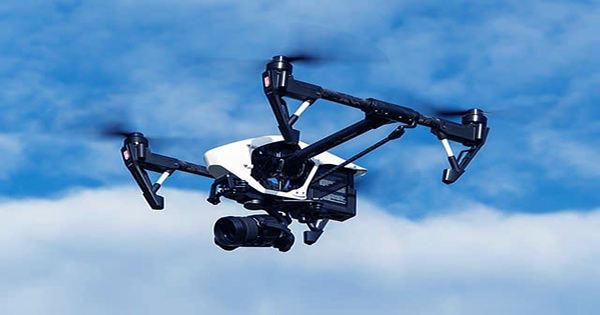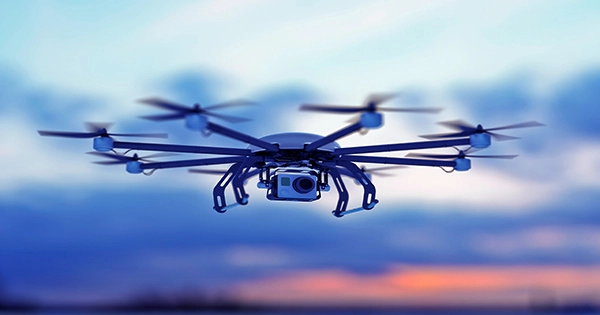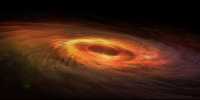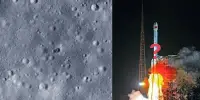For the first time, a meteorite was discovered using a combination of sky-watching cameras and drones, ushering in a new era in our knowledge of the Solar System. We spend billions of dollars sending spacecraft to asteroids in the hopes of bringing back parts to examine, but occasionally those pieces come to us in the form of meteorites, making things easier. Unfortunately, most of the space rocks accessible for examination have spent too much time on the ground and aren’t in as good of shape as we’d want.
In the hopes of locating meteorites faster, planetary scientists have built up networks of cameras to follow the courses of incoming objects. They took it a step further last year by enlisting the help of drones. In a preprint manuscript under peer review by the Astrophysical Journal Letters, they highlighted their achievement in locating the position and detecting the meteorite in the Australian outback. It took not just path mapping, drone technology, and tenacity to discover the little rock in a wide desert, but also machine learning to train the drones in what they were looking for.

Scientists discovered the 70-gram meteorite in Western Nullarbor on the Lintos Paddock of Kybo Station in Western Australia, just 50 meters (164 feet) from the calculated path, just four days after the Desert Fireball Network (DFN) observatory first captured the bright fireball entering the Earth’s atmosphere. Some meteorites are so common that they have a low value, while uncommon kinds are extremely valuable to scientists. In 1969, a rare specimen unearthed in Murchison, Victoria, Australia, gave so much information about the Solar System that it was the subject of an entire book, as well as countless publications and a local tourism business.
When we have a decent picture of the rock’s route through the atmosphere, we can trace its prior orbit and occasionally link it to the asteroid it was previously part of, which increases its worth. The Desert Fireball Network was created to boost the likelihood of meteorite recovery while also providing various photos of their journey. It takes use of the wide regions of Australia that are devoid of artificial light that would interfere with the photos, as well as the fact that there are few vegetation to obstruct the search for sky rocks once they have landed.
Last April 1, the DFN captured a brilliant meteor that wasn’t an April fool’s hoax. Seamus Anderson, a graduate student at Curtin University, and his co-authors noticed that the light was bright enough to make it likely that some of the incoming rock would make it to the ground, and they used the camera images to map out a 5.1 square kilometer (2.0 square mile) search zone on Western Australia’s vast Nullarbor Plain. “A camera-equipped drone flies over the fall zone and gathers photographs, which are then sent to our field computer, where an algorithm analyses each image for meteorites and things that look like them,” Anderson said in a statement.
“Even though our system was ‘trained’ on data from earlier meteorite searches, we took previously recovered meteorites to the fall location and photographed them on the ground to produce local data with which to further train the algorithm.” The effort took roughly 10% of the time it takes to find a meteorite, which is a significant savings when hunting for rocks in a remote place under the scorching Australian sun. “We have observed false positives such as tin cans, bottles, snakes, kangaroos, and mounds of bones from various species,” the research states.
According to Anderson, this was the DFN’s sixth meteorite recovery, but the first employing drones. Preliminary examination indicates that it is an H-chondrite, a common meteorite type, but even if this is confirmed, the effort should pave the door for rarer forms to be discovered. The chance of anything making it to ground is assessed based on the brightness of the flash and the lowest photos returned, according to Anderson. “In this situation, it indicated that there was certainly something there, but it would most likely be little,” he explained.














